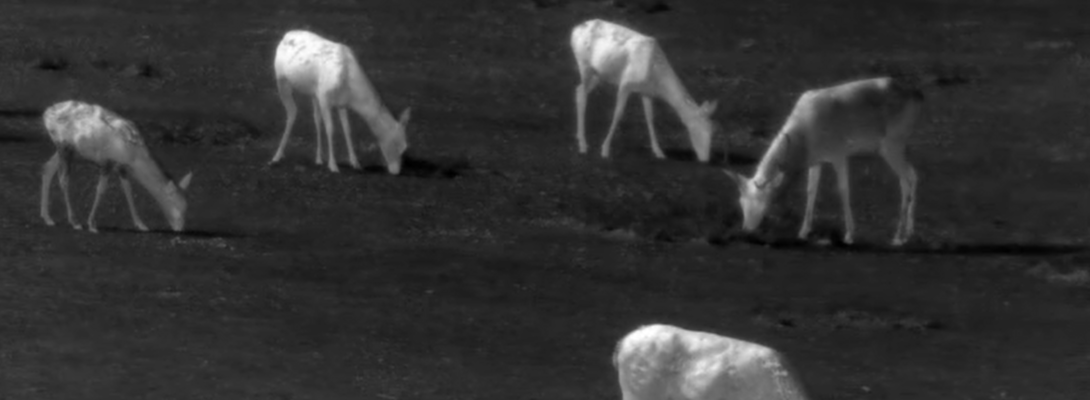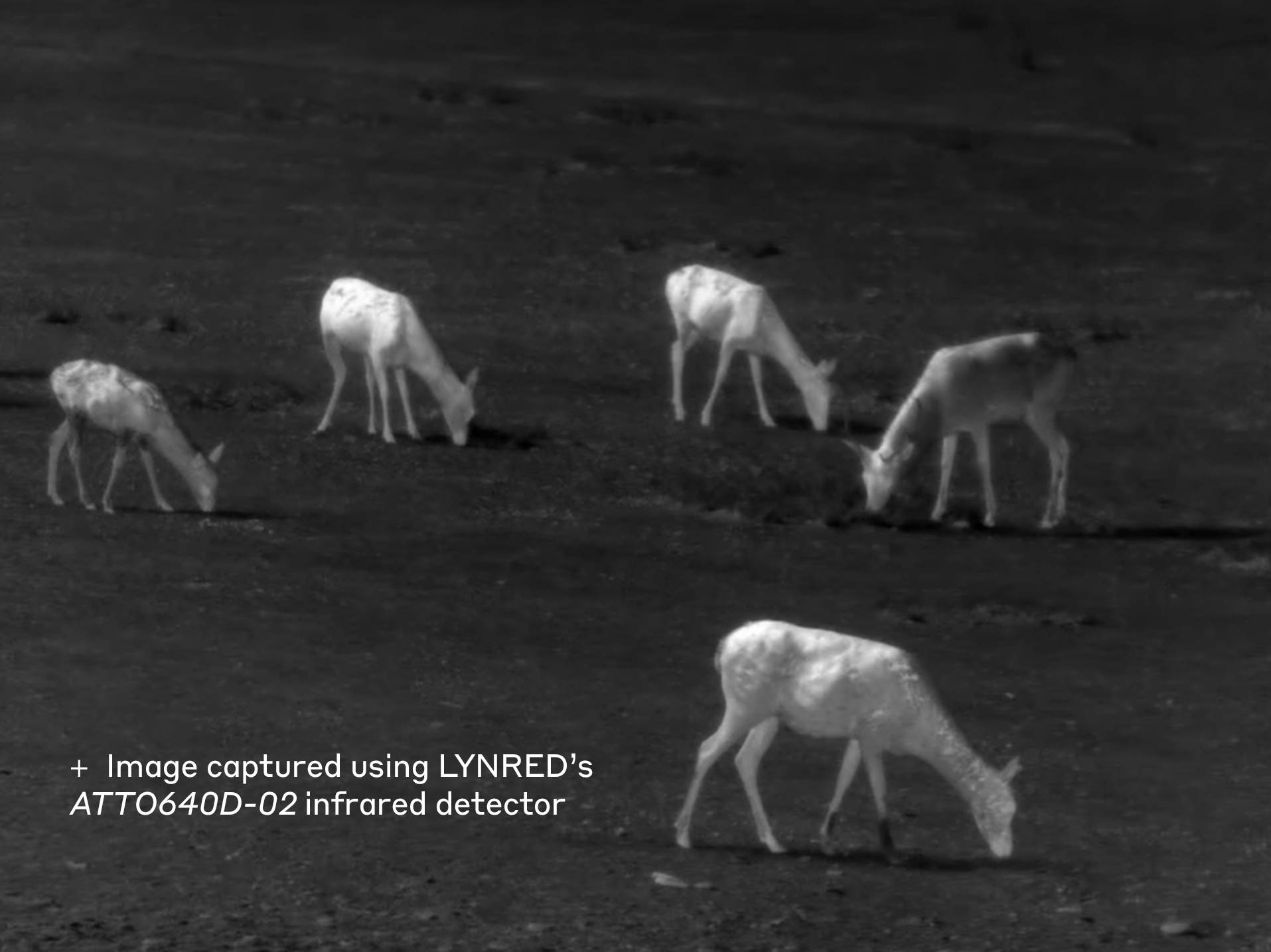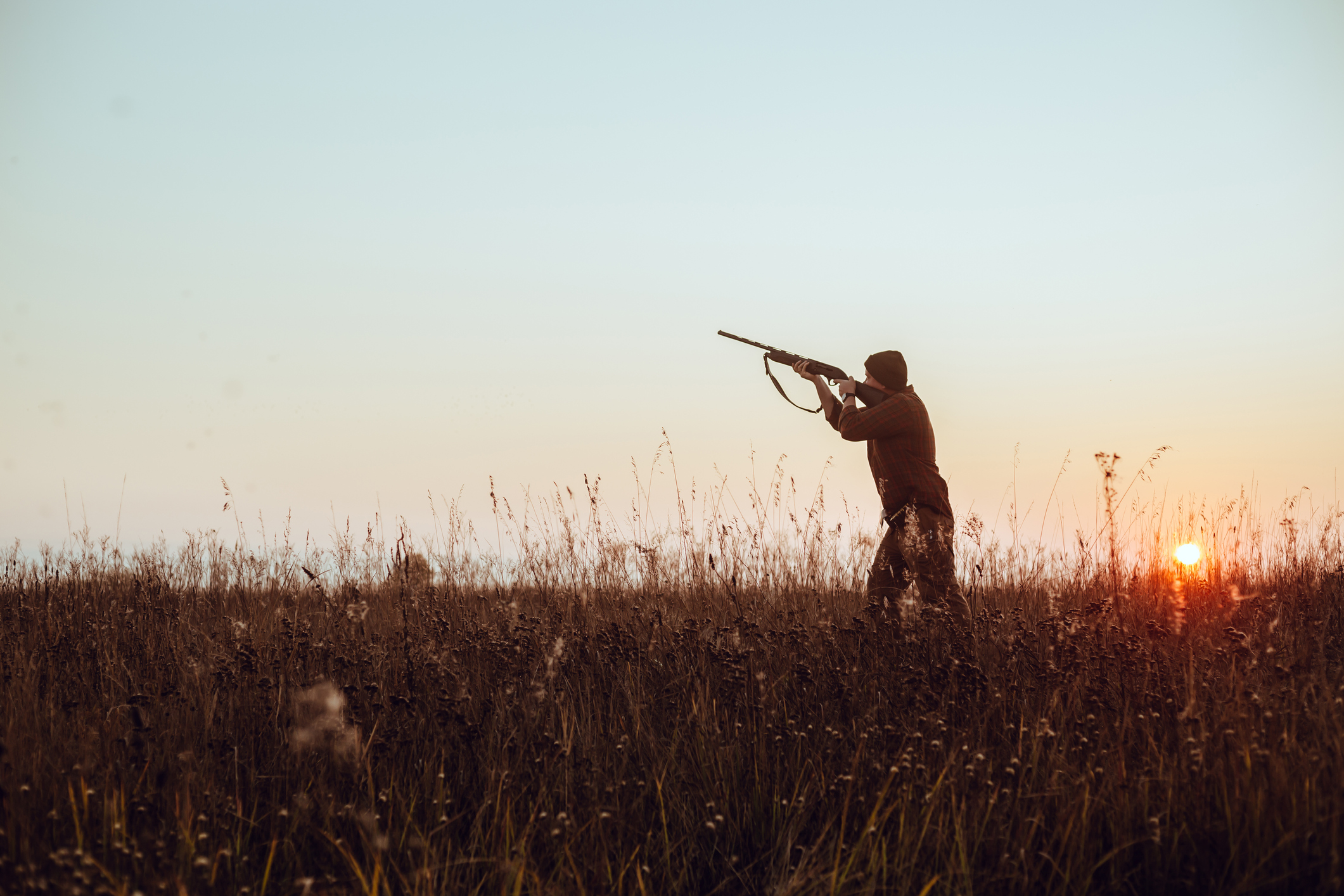
Hunting has many benefits for the environment that some people may not be aware of. In the United States and Europe, there are hunting laws and regulations that help maintain healthy wildlife populations and preserve the environment. These laws and regulations are put in place to ensure populations are regulated, while allowing for the proper harvest of animals for food. With the aid of thermal imaging equipment, such as binoculars or rifle scopes, hunters are more easily able to identify their targets and distinguish species that may and may not be hunted.
Hunting encourages a more balanced ecosystem, with humans acting as natural predators for some species whose populations are inflated. Often, there are designated geographic regions and populations of animals where hunting is restricted, limited, or readily available to allow for preservation of certain species.
The risk of a species population growing too large in numbers and causing damage to ecosystems is a frequent reality. Deer populations have grown so large in some parts of the US and Europe that they cause harm to the forests and lands they inhabit. This can have trickle-down effect where these habitats become less sustainable for other species in the ecosystem to survive, causing a kink in the food chain. Feral hogs and wild boar are invasive species that dominate European and US terrains. As their populations have continued to spread over many parts of Europe and the US, they have now become one of the widest-ranging mammals in the world, causing major harm to the terrains they inhabit. Without the resistance of their combatants in the hunting communities, they can wreak havoc and cause devastating damage to their environments.

The laws and regulations put in place regarding hunting generally align with the idea that we must respect nature and the environment. Respect for nature is the main condition when referring to hunting practices allowed. There are restrictions helping to prevent any hunting practices that would be harmful to wildlife populations and encouraging the proper maintenance of many species.
While regulated hunting is a sustainable way of harvesting food, factory farming is a very resource-demanding method of feeding populations. The intensive use of large areas of land causes major damage to the environment, mainly through deforestation, water scarcity and greenhouse gas emissions. These factors contribute to the global warming crisis, which is another underlying threat to wild animal species and their natural habitats.
In the global hunting sector, with an estimated 18 million people, the majority of hunters are required to obtain a license to hunt. This entry criterion is a way to ensure that the hunting population are educated on what is and isn’t allowed and increases awareness of environmental issues. This is also a reason for the increase of “prosumers” (pro + consumers) in the hunting space, which are made up of enthusiasts who practice their beloved hobby in a responsible manner. Among this growing demographic, thermal imaging optics are becoming a staple in many hunters’ repertoires.

Since there has been a decline in the number of natural predators in the wild, humans fill their void and act to protect many species and their environments. This not only controls populations but allows people to harvest large amounts of animal meat, which can be upwards of 50-60 pounds per deer, for example. The meat can be stored and shared to provide food for families to sustain themselves for long periods. Meat from wild game is favorably free from hormones, antibiotics, and other additives which can be present in animal products collected through enclosed factory farming methods.
The hunting population is increasingly relying on thermal imaging devices that enable them to distinguish different species and target game animals in harsh light and weather conditions. With thermal imaging, hunting becomes more effective, and in turn helps sustain our environment and maintain healthy ecosystems.
Hunting equipment, such as those made by ATN utilizing LYNRED’s infrared detectors, are modern tools that enable us to become better hunters and assume our rightful place at the top of the food chain. Much like how we improved as hunters as new technologies emerged over the millennia, humans as a species continue to utilize the latest technology available to us to improve our efficiency at hunting. We must continue to do our part by responsibly hunting for the preservation of our environment and maintaining a balance in the world’s animal populations. Hunting devices equipped with thermal imaging, such as the Thermion 2 LRF XL50 riflescope by Yukon Pulsar, are made to serve this purpose.